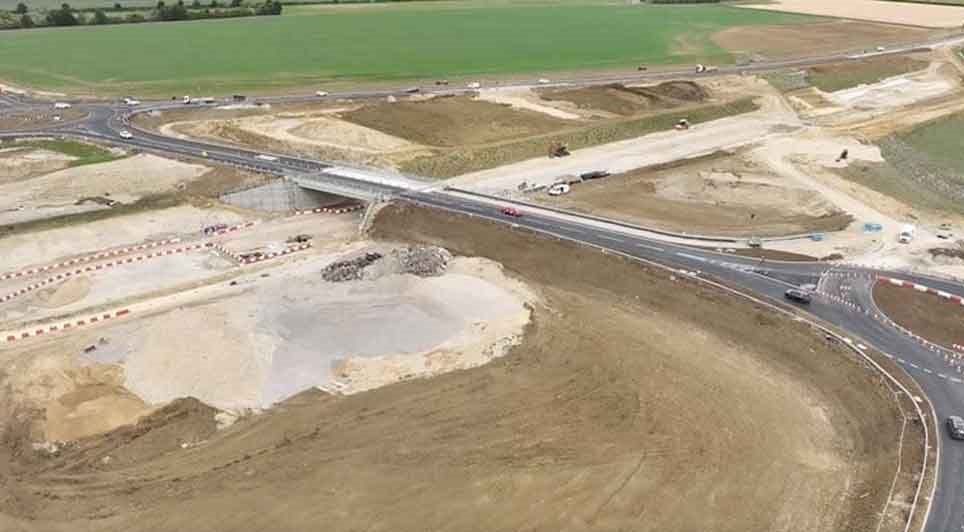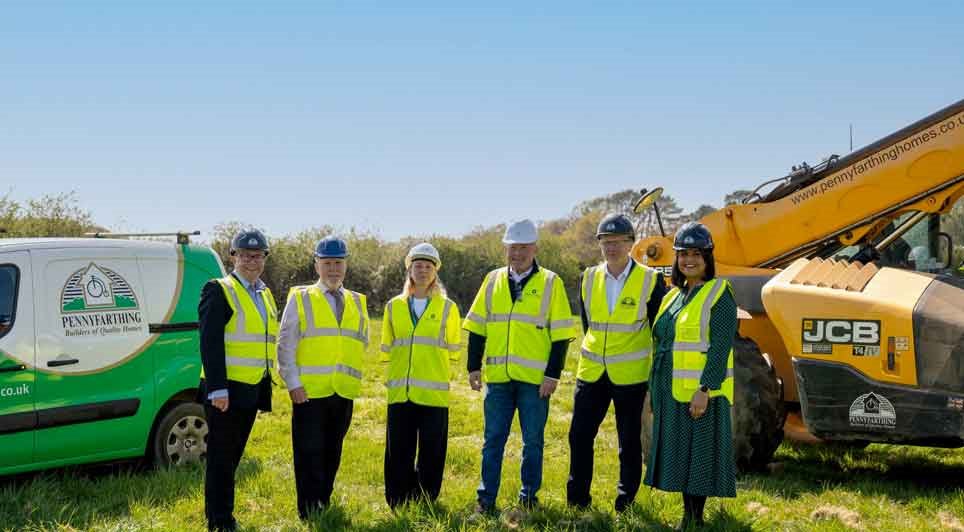It accounts for a large proportion of the cost of employers liability claims especially in construction related activities The scale of the problem has prompted an EU directive on a common standard of safety rules throughout the Union
They bring together all the past regulations into one set and adopt a risk- based approach to working at height. The regulations take a three-pronged approach:
- If you can avoid the need to work at height then do so.
- Where you cannot avoid working at heights, you must take steps to prevent falls by selecting the most appropriate equipment taking into account the duration of the work and the environment.
- If any risks remain, steps should be taken to mitigate the effect by using arrest devices etc.
There are some extensions to the rules but these seem practical and proportionate. It is very important that risk assessments are carried out and that no work is carried out unless the planning, supervision and organization is done by someone with the suitable practical and theoretical knowledge, training and experience.
Most trades, who are regularly involved in working at heights, already attempt to comply with the rules.
The real challenge is for businesses that only occasionally do e.g. offices, retailers, wholesalers, entertainment, agriculture etc. These should keep a copy of the rules always to hand and issue strict instructions to staff as to what they can and cannot do.
As brokers, we can arrange for the inspection of all equipment as required by the regulations and also arrange for overall advice as to how to comply.
Also a useful site for occasional users is www.hspi.infoexchange.com. This is a government-sponsored site, which enables you to carry out a self-audit and benchmark yourself against others in your sector.
Call Stephen Hegarty at BJP Insurance Brokers for a free review of all your insurances on 0118 979 2121.
 UK
UK Ireland
Ireland Scotland
Scotland London
London




















